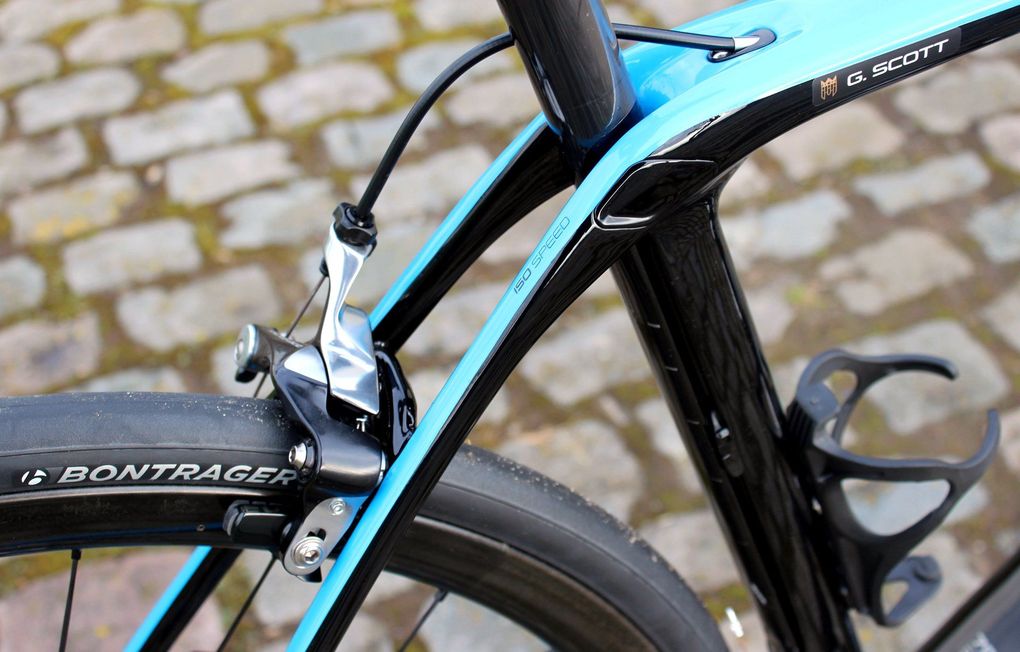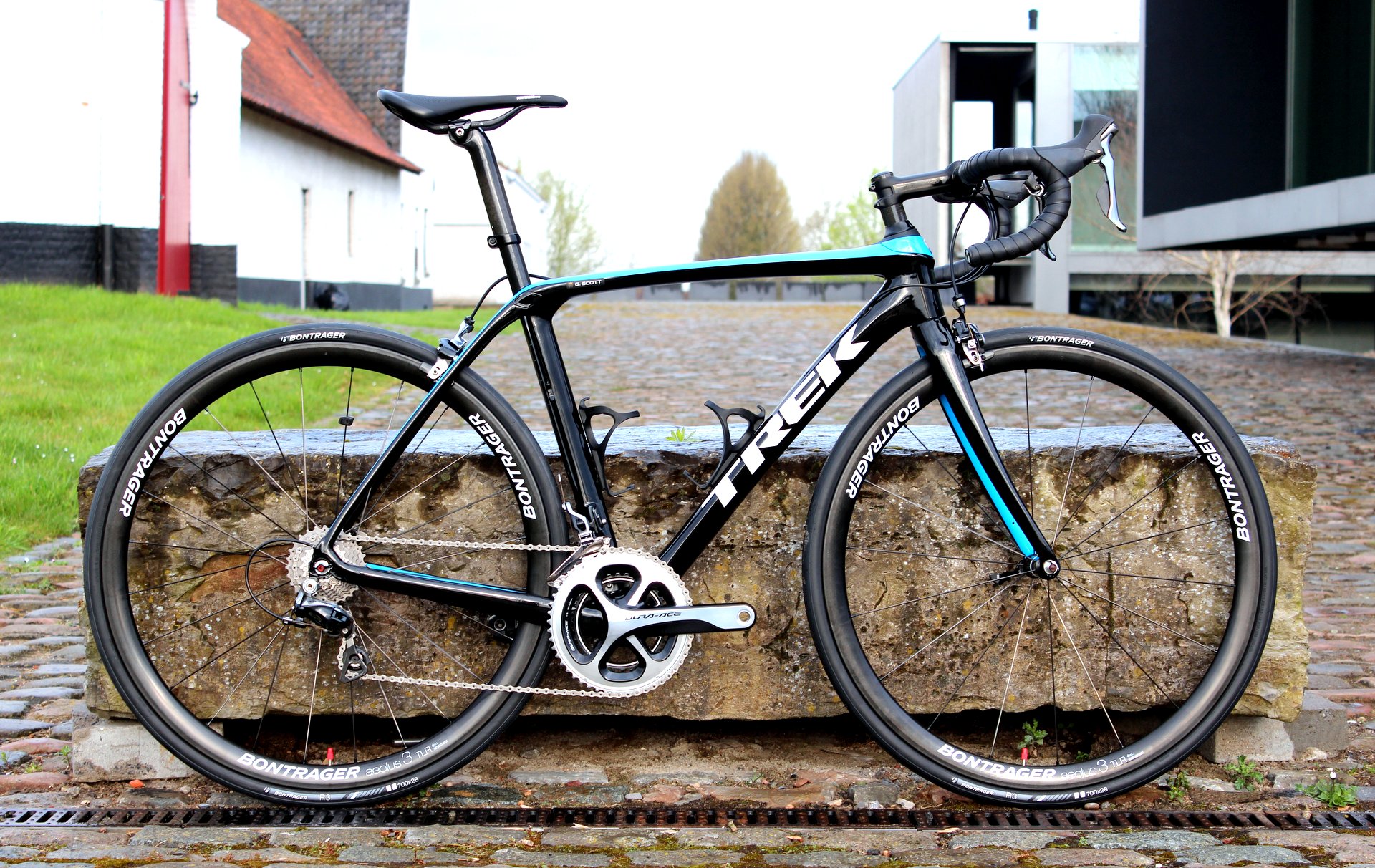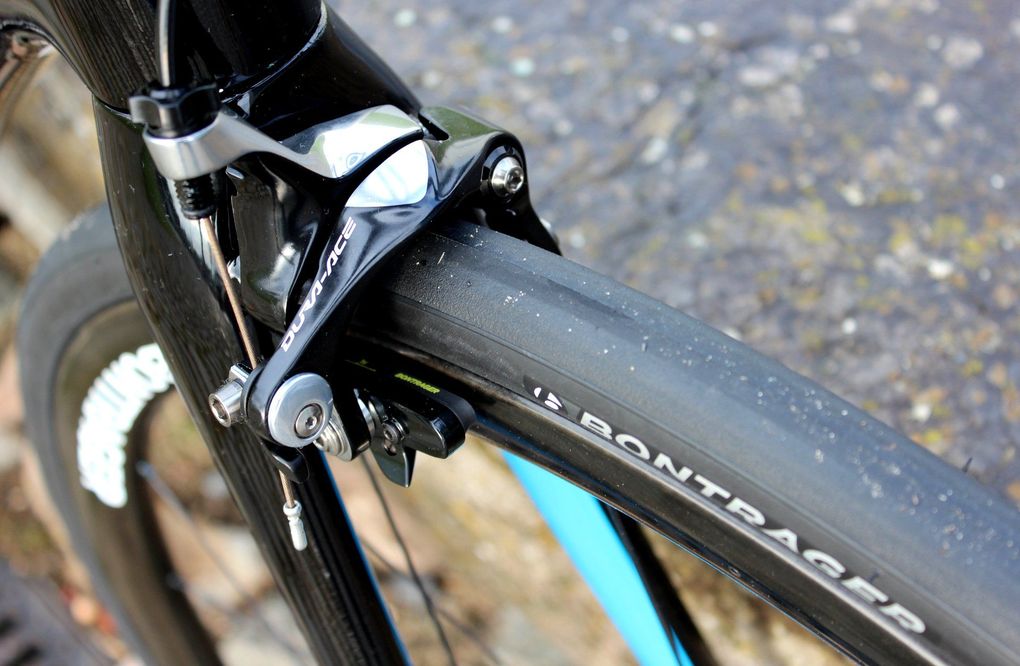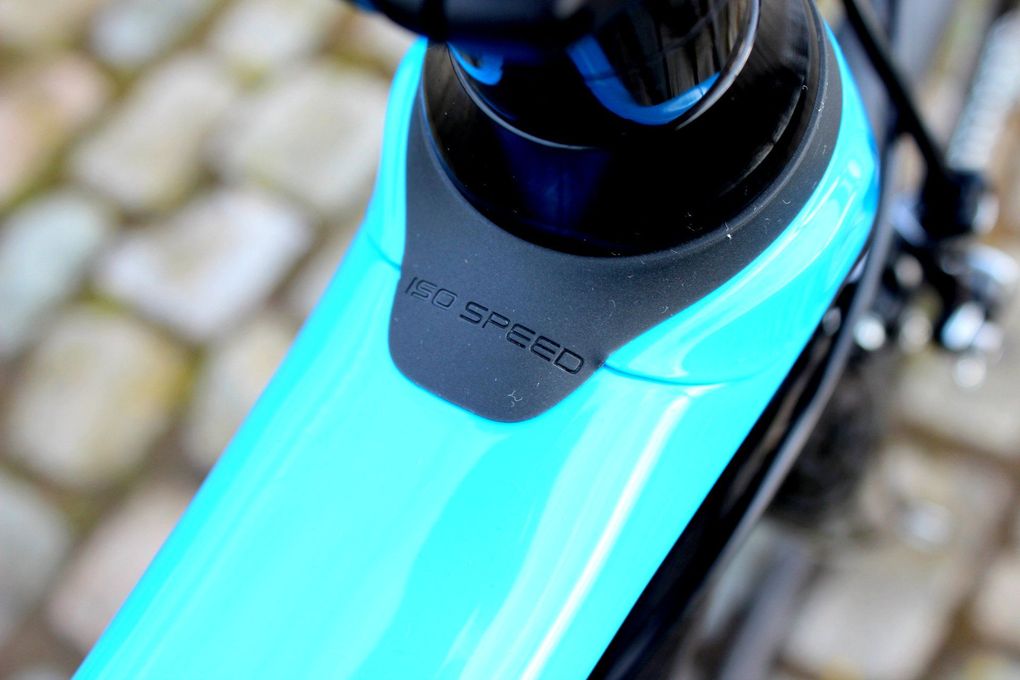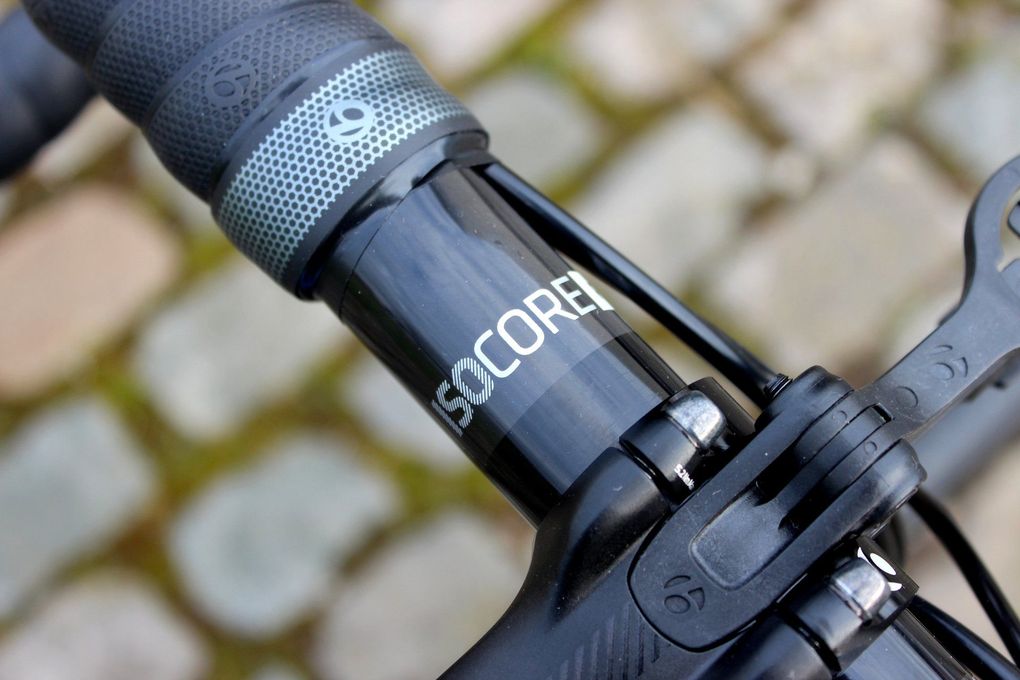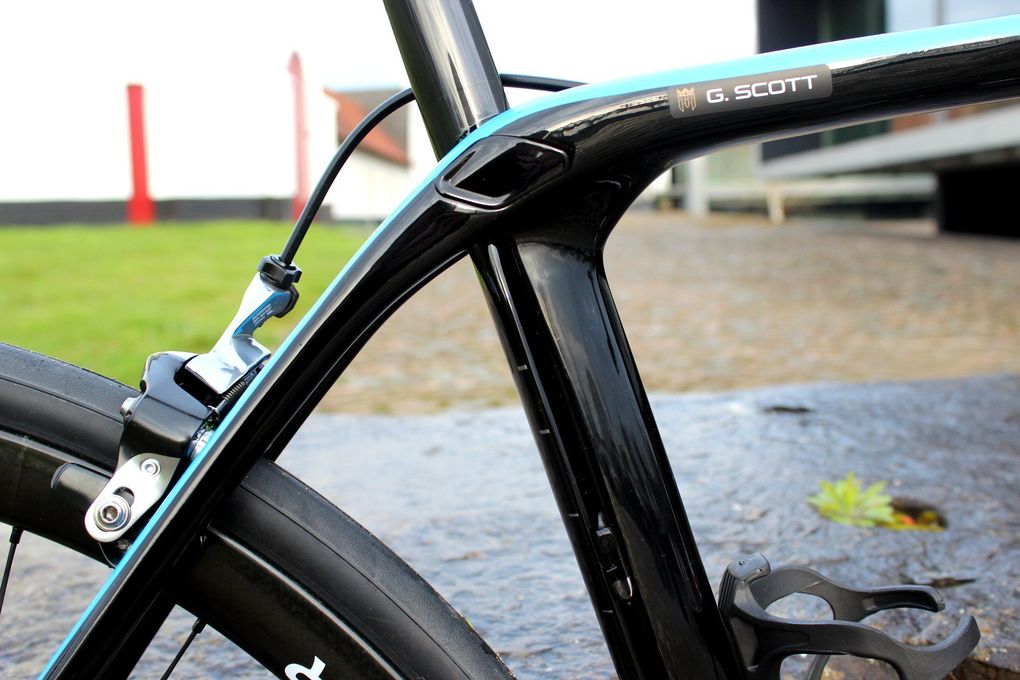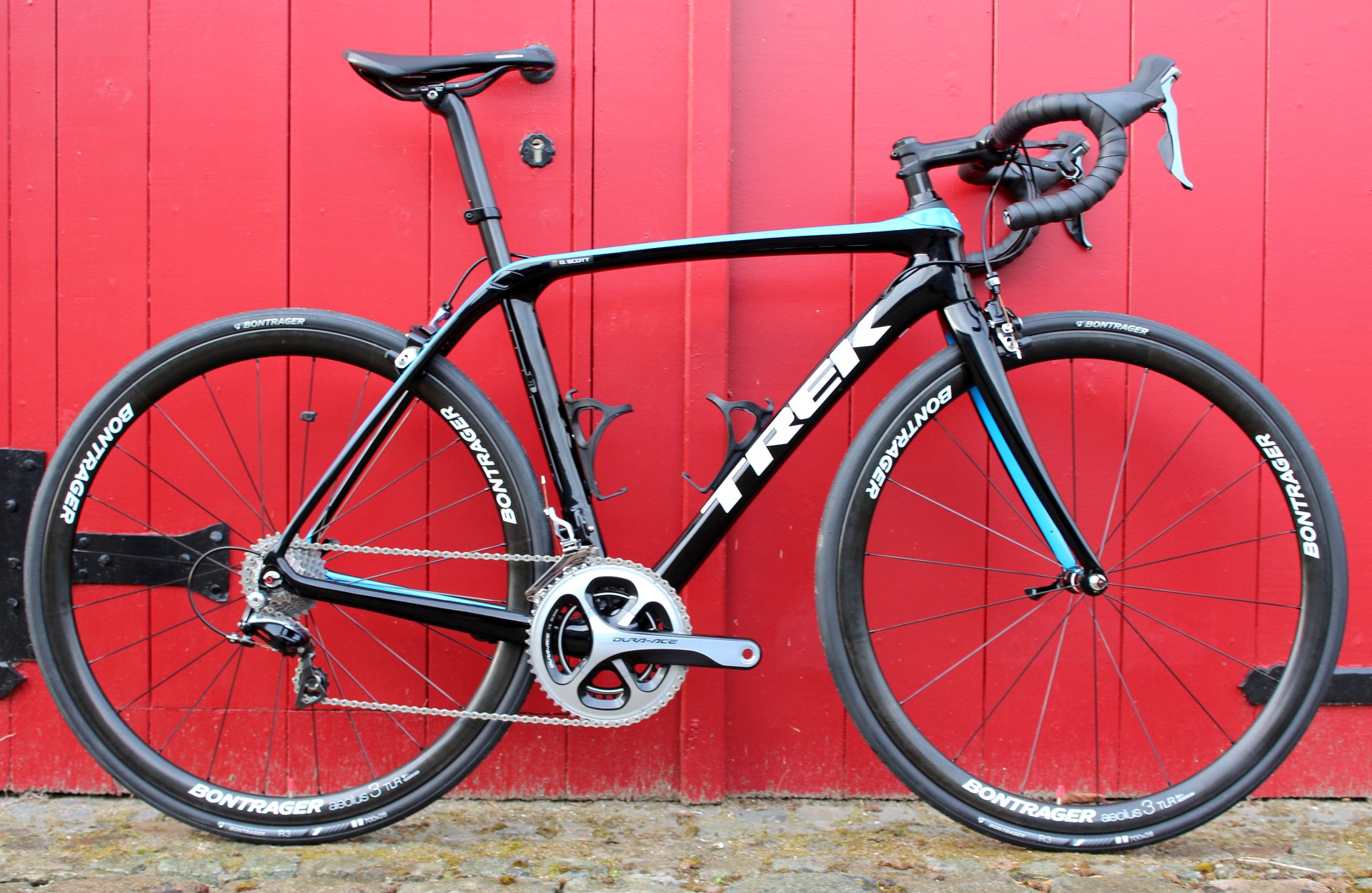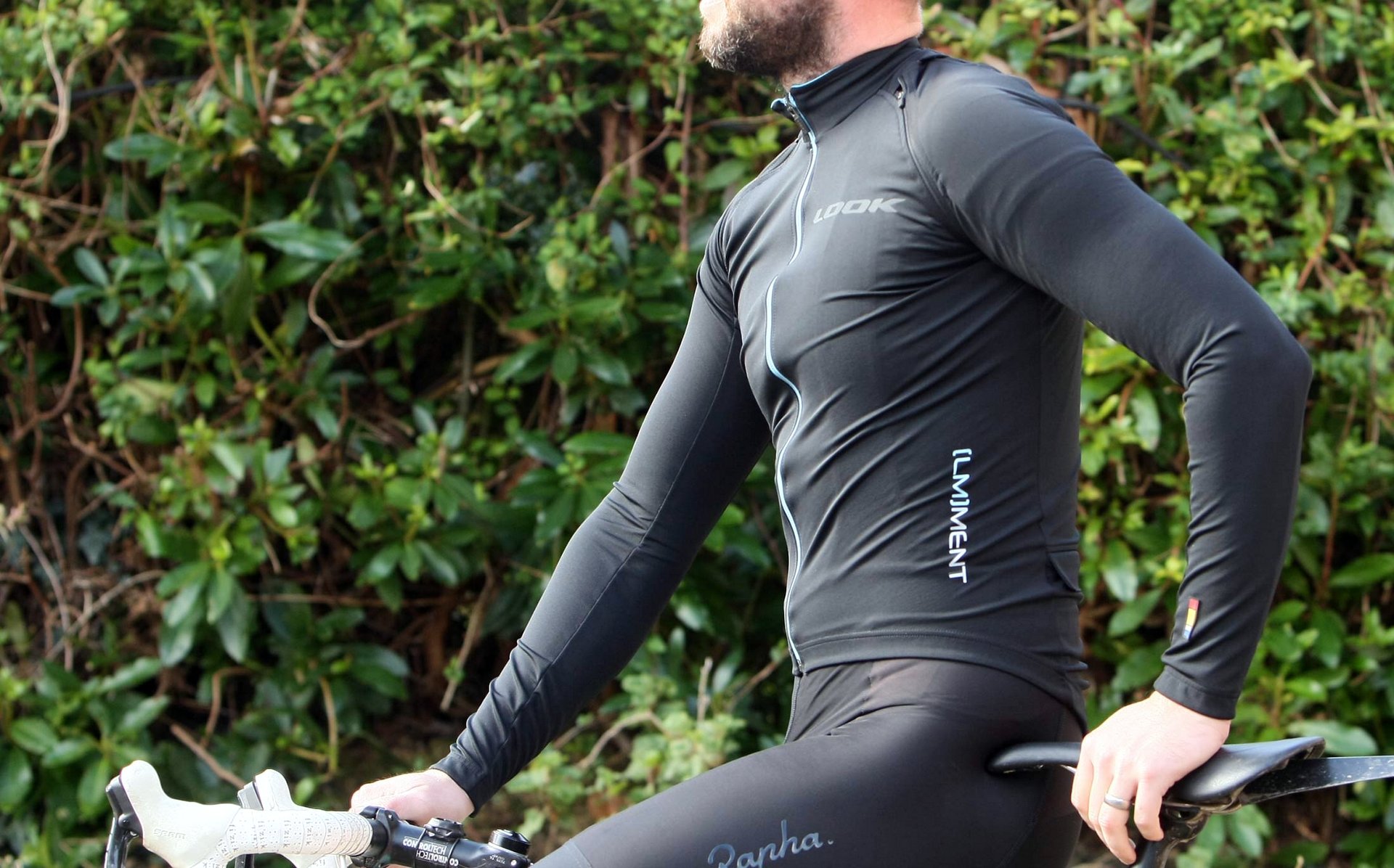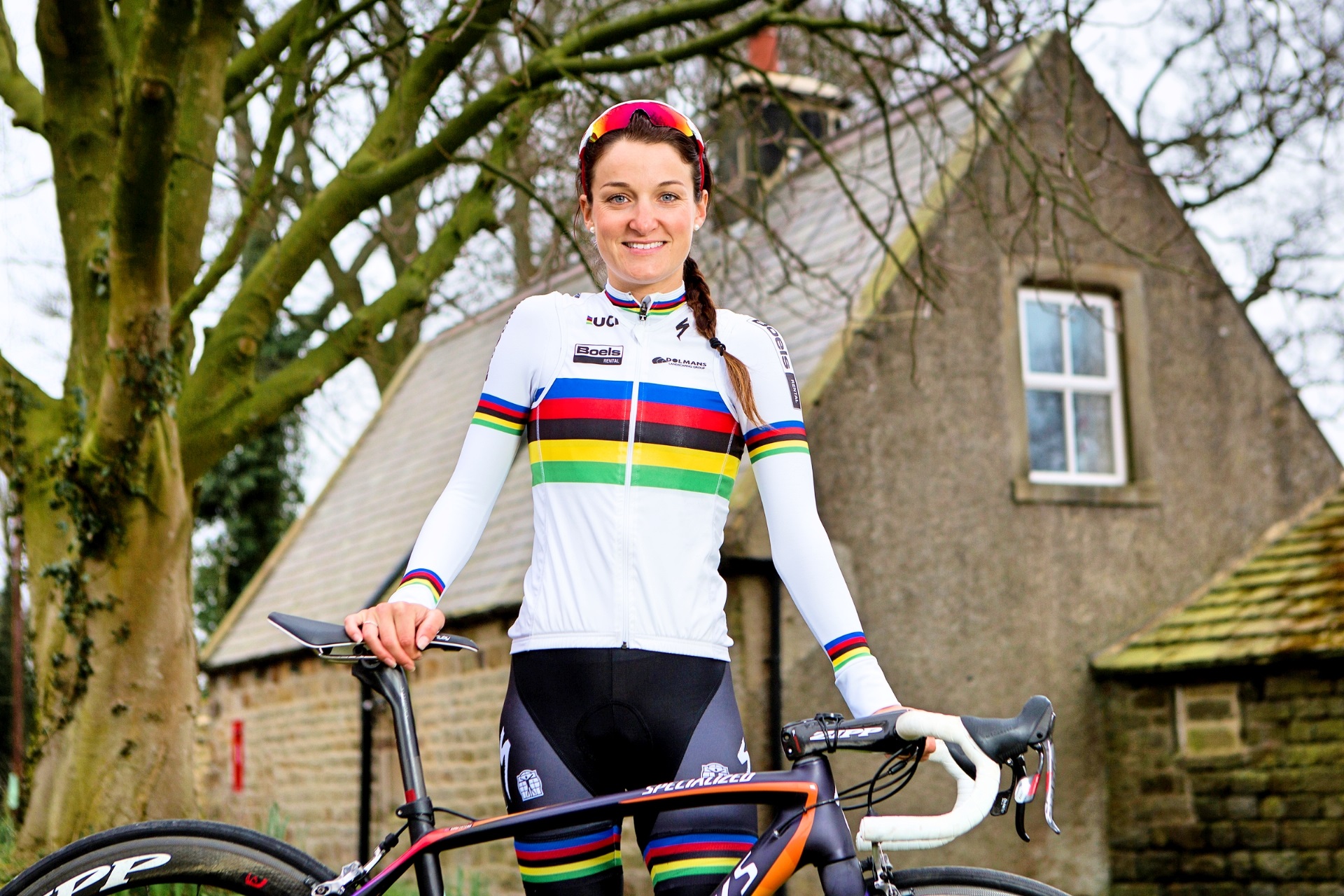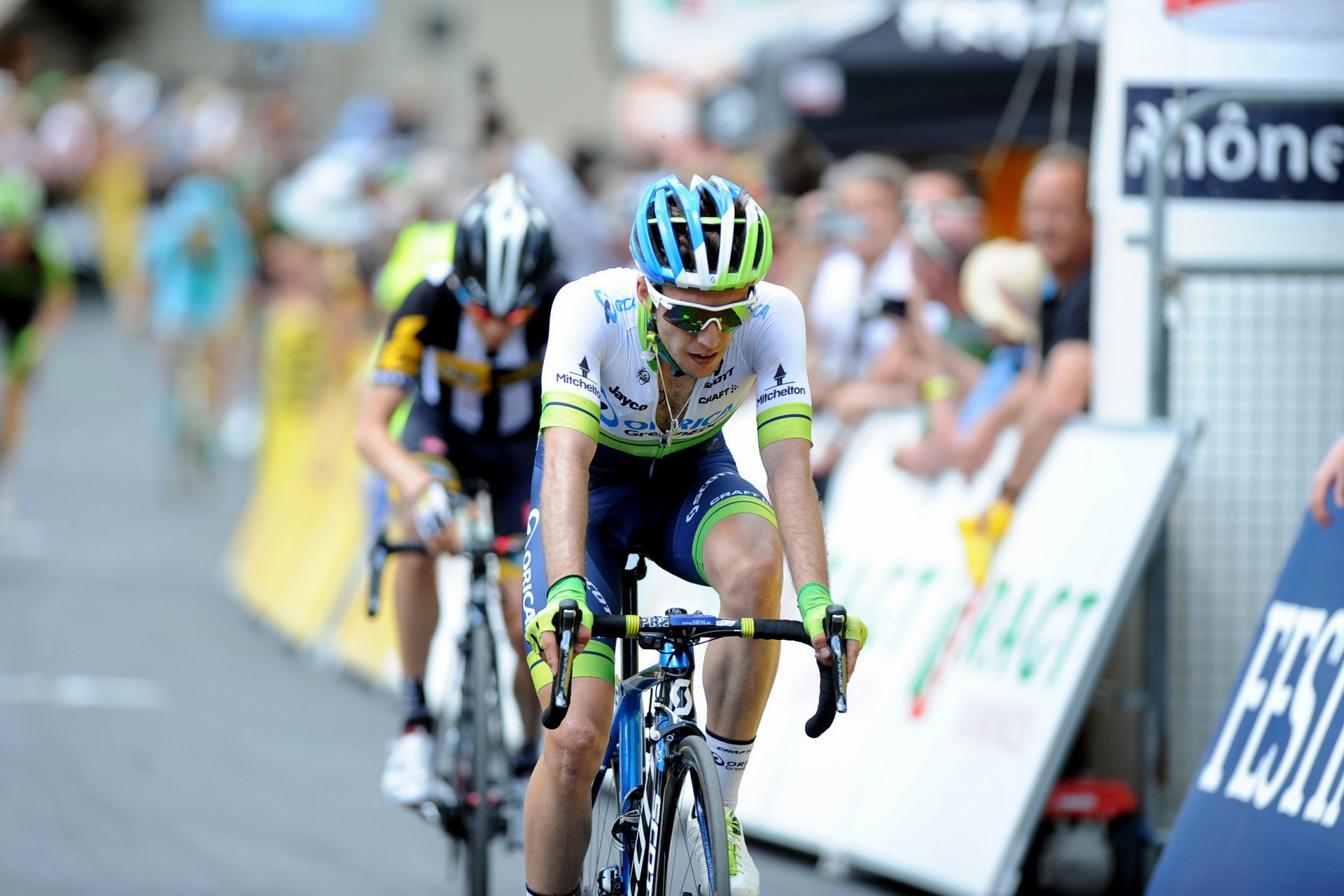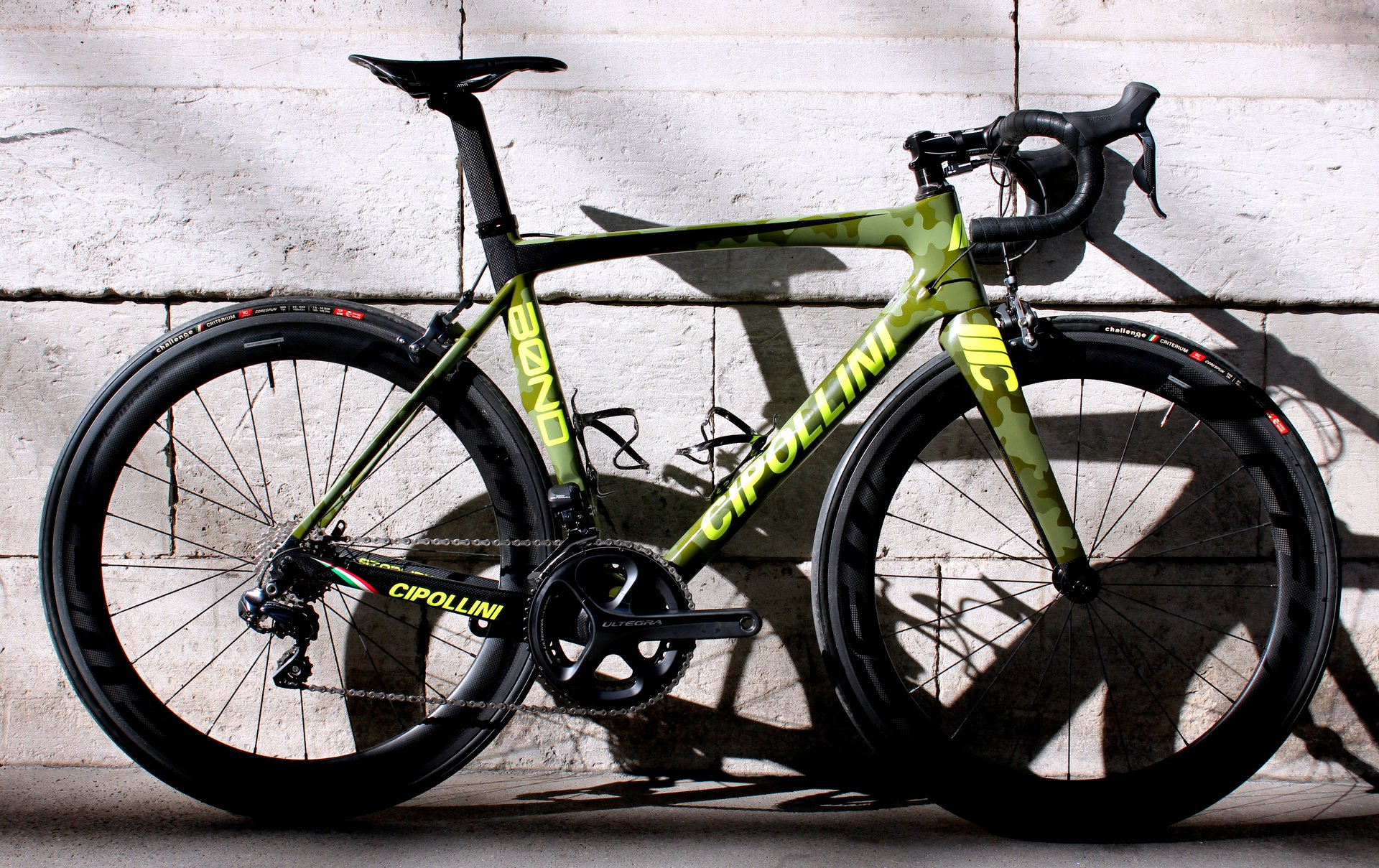The Trek Domane may not have been the first endurance bike when it was launched in 2012 but it played a pivotal role in defining the genre of comfort-focused race bikes. Now Trek are back with the Domane SLR and have upped the ante once again. It’s an exceptionally comfortable machine – but one which, in its Pro Endurance geometry, retains the handling and responsiveness of a true race bike.
– Trek launch Domane SLR with front and rear IsoSpeed –
Trek launched the Domane SLR in Kortrijk, Belgium, and we were there to first hear what the Wisconsin-based firm had to say about the bike and then ride it for ourselves. If you missed our launch report from Kortrijk, you can find the full tech story behind the Domane SLR here. However, let’s quickly recap on the Domane SLR’s most important features.
